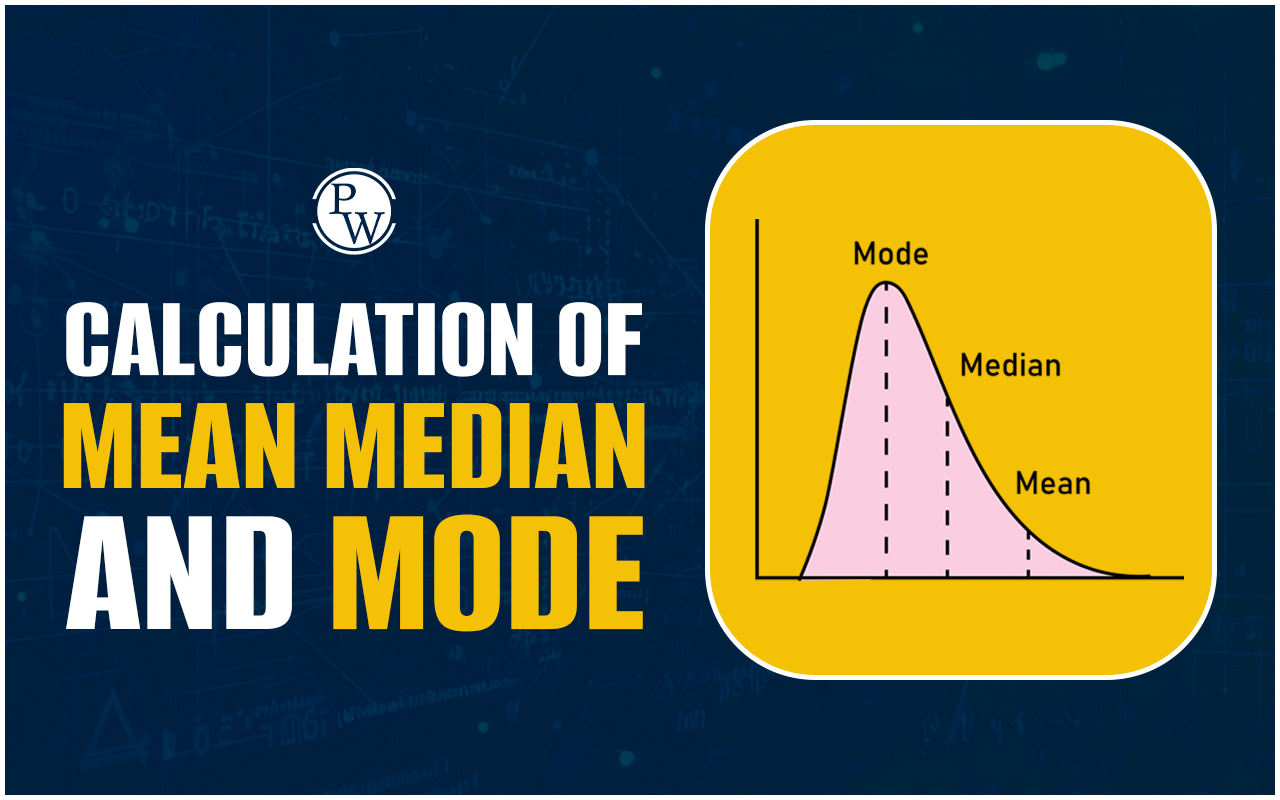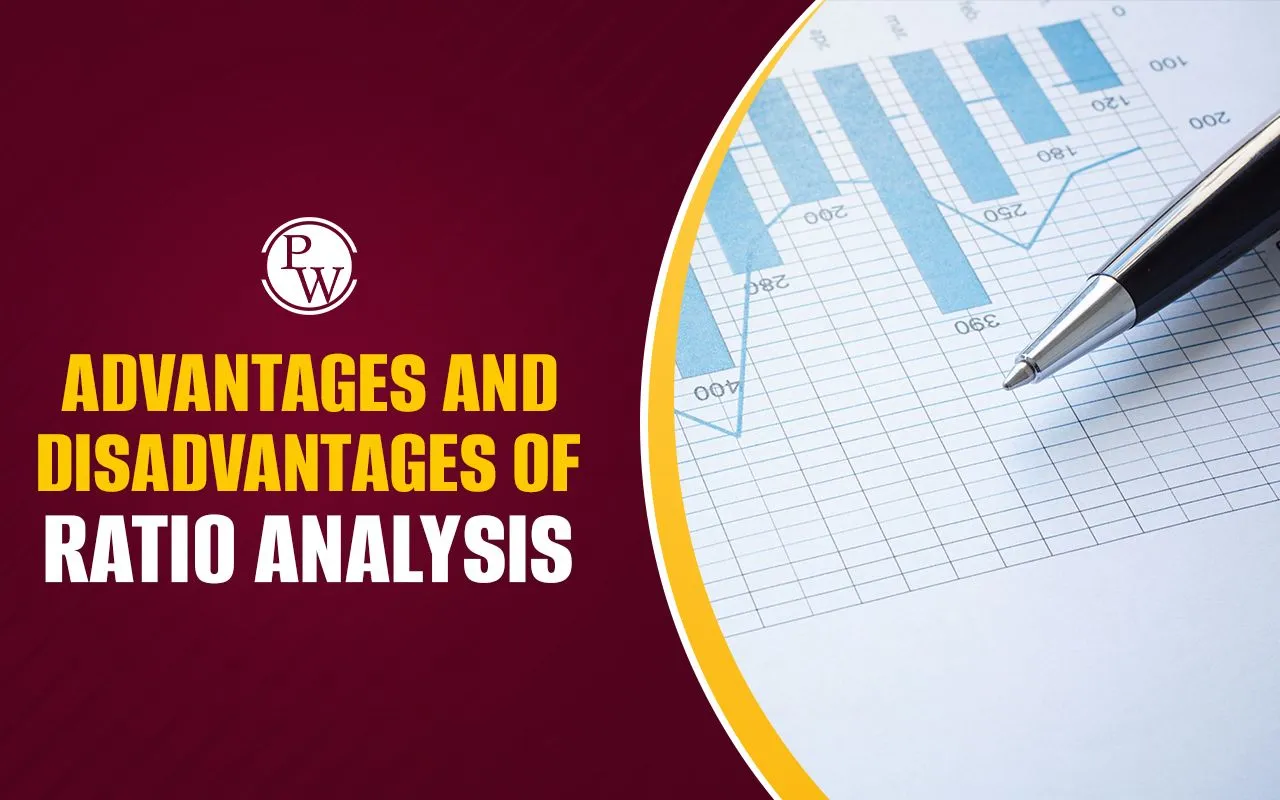

IFRS and IND AS: In the world of finance and accounting, understanding the accounting standards that govern financial reporting is crucial. For countries like India, which are aiming to align their financial reporting systems with global norms, this alignment often leads to the use of International Financial Reporting Standards (IFRS). However, India's transition to IFRS has taken a distinctive path, with the creation of its own set of standards, known as Indian Accounting Standards (IND AS). In This blog we will learn the key differences between IFRS and IND AS, offering insights into their definitions, scope, and a detailed comparison.
What is IFRS?
International Financial Reporting Standards (IFRS) are a set of accounting standards developed by the International Accounting Standards Board (IASB). IFRS is used globally for the preparation and presentation of financial statements. The aim of IFRS is to ensure transparency, accountability, and efficiency in financial markets around the world. By establishing a common accounting language, IFRS seeks to make company accounts understandable and comparable across international boundaries. IFRS standards are widely adopted by many countries, particularly those in Europe, Asia, and Africa, with the exception of a few countries like the United States (which follows GAAP – Generally Accepted Accounting Principles). IFRS helps investors, regulators, and other stakeholders to make informed decisions based on comparable financial data.What is IND AS?
Indian Accounting Standards (IND AS) are the set of accounting standards developed by the Institute of Chartered Accountants of India (ICAI) and implemented by the Ministry of Corporate Affairs (MCA) in India. IND AS is India’s version of IFRS, and while it is largely based on IFRS, it includes modifications to suit India’s legal, tax, and economic environment. The government of India adopted IND AS to harmonize its accounting practices with global standards while considering local regulations and tax structures. While the core principles of IND AS are aligned with IFRS, notable differences arise due to India's distinct business and regulatory environment.
Differences Between IFRS and IND AS
To better understand the distinctions, let's break down the differences between IFRS and IND AS in the following table:| Key Difference Between IFRS and IND AS | ||
| Aspect | IFRS | IND AS |
| Development Body | Developed by the International Accounting Standards Board (IASB). | Developed by the Institute of Chartered Accountants of India (ICAI) with modifications by the Ministry of Corporate Affairs (MCA). |
| Application | Used globally in over 120 countries, including the European Union and Australia. | Primarily applicable to listed companies, large public interest entities, and other specified entities in India. |
| Regulatory Authority | Regulated by the International Financial Reporting Standards Foundation (IFRSF). | Regulated by the Ministry of Corporate Affairs (MCA), in collaboration with ICAI. |
| Revaluation Model | Allowed for all assets, including property, plant, and equipment. | Revaluation allowed only for certain assets like land and building. |
| First-time Adoption | IFRS 1 provides guidelines for first-time adoption. | IND AS 101 outlines guidelines for first-time adoption. While both offer similar provisions, IND AS has additional requirements. |
| Leases | IFRS 16 requires almost all leases to be recognized on the balance sheet. | IND AS 116 also mandates recognition of leases on the balance sheet but may have slightly different implementation. |
| Fair Value Measurement | IFRS encourages the use of fair value in various areas, including investments. | IND AS also focuses on fair value but allows for more flexibility in certain situations, particularly for long-term investments. |
| Impairment of Assets | IFRS uses a "one-step" approach for impairment testing. | IND AS uses a "two-step" approach for testing impairment, which might lead to differences in recognizing impairment losses. |
| Revenue Recognition | IFRS 15 sets out principles for revenue recognition based on contracts with customers. | IND AS 115 is largely aligned with IFRS 15 but may have differences in the interpretation of contracts and performance obligations. |
| Borrowing Costs | IFRS allows capitalization of borrowing costs if they are directly attributable to the acquisition of a qualifying asset. | IND AS has similar provisions but may include additional details related to tax benefits and capitalization criteria. |
| Income Taxes | IFRS 12 has specific guidelines for deferred tax assets and liabilities. | IND AS 12 follows a similar approach but may include Indian-specific adjustments related to taxation. |
| Financial Statements Presentation | IFRS allows flexibility in the presentation of financial statements. | IND AS requires specific formats for balance sheets, profit and loss statements, and cash flow statements, in line with Indian law. |
Why the Difference Between IFRS and IND AS ?
While IFRS is designed to be a one-size-fits-all solution for global financial reporting, IND AS has been tailored to accommodate India’s specific economic, legal, and business environment. The Indian government recognized the need to maintain global alignment while incorporating local considerations such as tax laws, economic conditions, and the regulatory framework that companies in India operate within. For example, the treatment of leases and the recognition of certain types of financial instruments may differ under IFRS and IND AS due to differing interpretations and local legal standards. These modifications ensure that the accounting standards remain both globally relevant and locally applicable, supporting India's financial market and regulatory framework. Both IFRS and IND AS aim to bring transparency, accountability, and comparability to financial statements. However, due to India's unique regulatory environment and economic structure, IND AS has been adapted from IFRS, incorporating specific changes to meet local needs. While there are numerous similarities, such as adopting fair value principles and revenue recognition methods, differences remain in areas like asset revaluation, financial statement presentation, and tax treatment. As India moves towards full implementation of IND AS, understanding the nuances between these two accounting frameworks is essential for professionals, businesses, and investors alike. Staying updated with these differences will ensure compliance with both global and national financial reporting requirements, making financial statements clearer and more comparable on both fronts. Unlock your potential in commerce with PW Commerce Courses! Enroll today to gain in-depth knowledge and skills that will help you excel in your exams and future career. Don’t miss out!| Read Related Topics | |
| MCQs on Cost Concepts | MCQs on Profit and Loss |
| What Is EBITDA? | What are Common Size Statements? |
| Types of Financial Statements | What is Computerized Accounting? |
Difference Between IFRS and IND AS FAQs
What is the difference between IFRS and IND AS?
IFRS is a global accounting standard, while IND AS is India’s version, based on IFRS but with modifications to suit local regulations and economic conditions.
Why was IND AS introduced in India?
IND AS was introduced to align India’s accounting standards with international practices while addressing local tax laws, economic conditions, and regulatory needs.
Are IFRS and IND AS the same?
Although both aim for transparency and comparability, IND AS includes specific adjustments to suit India’s legal framework, while IFRS is designed for global application.
What is the impact of IND AS adoption on Indian companies?
The adoption of IND AS helps Indian companies align with global standards, improves transparency in financial reporting, and enhances the comparability of financial statements.
How do IFRS and IND AS handle revenue recognition?
Both IFRS 15 and IND AS 115 have similar revenue recognition principles, focusing on performance obligations and contracts with customers, but there may be slight interpretational differences.
Talk to a counsellorHave doubts? Our support team will be happy to assist you!

Check out these Related Articles
Free Learning Resources
PW Books
Notes (Class 10-12)
PW Study Materials
Notes (Class 6-9)
Ncert Solutions
Govt Exams
Class 6th to 12th Online Courses
Govt Job Exams Courses
UPSC Coaching
Defence Exam Coaching
Gate Exam Coaching
Other Exams
Know about Physics Wallah
Physics Wallah is an Indian edtech platform that provides accessible & comprehensive learning experiences to students from Class 6th to postgraduate level. We also provide extensive NCERT solutions, sample paper, NEET, JEE Mains, BITSAT previous year papers & more such resources to students. Physics Wallah also caters to over 3.5 million registered students and over 78 lakh+ Youtube subscribers with 4.8 rating on its app.
We Stand Out because
We provide students with intensive courses with India’s qualified & experienced faculties & mentors. PW strives to make the learning experience comprehensive and accessible for students of all sections of society. We believe in empowering every single student who couldn't dream of a good career in engineering and medical field earlier.
Our Key Focus Areas
Physics Wallah's main focus is to make the learning experience as economical as possible for all students. With our affordable courses like Lakshya, Udaan and Arjuna and many others, we have been able to provide a platform for lakhs of aspirants. From providing Chemistry, Maths, Physics formula to giving e-books of eminent authors like RD Sharma, RS Aggarwal and Lakhmir Singh, PW focuses on every single student's need for preparation.
What Makes Us Different
Physics Wallah strives to develop a comprehensive pedagogical structure for students, where they get a state-of-the-art learning experience with study material and resources. Apart from catering students preparing for JEE Mains and NEET, PW also provides study material for each state board like Uttar Pradesh, Bihar, and others
Copyright © 2025 Physicswallah Limited All rights reserved.











